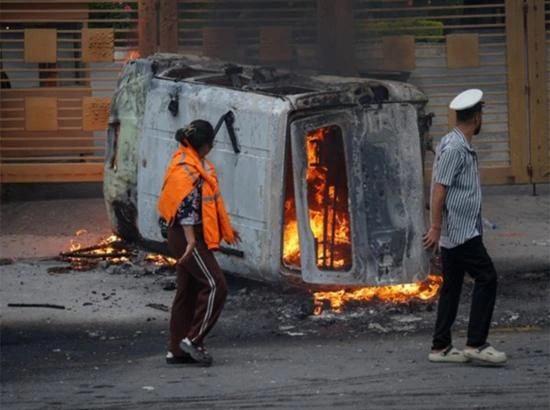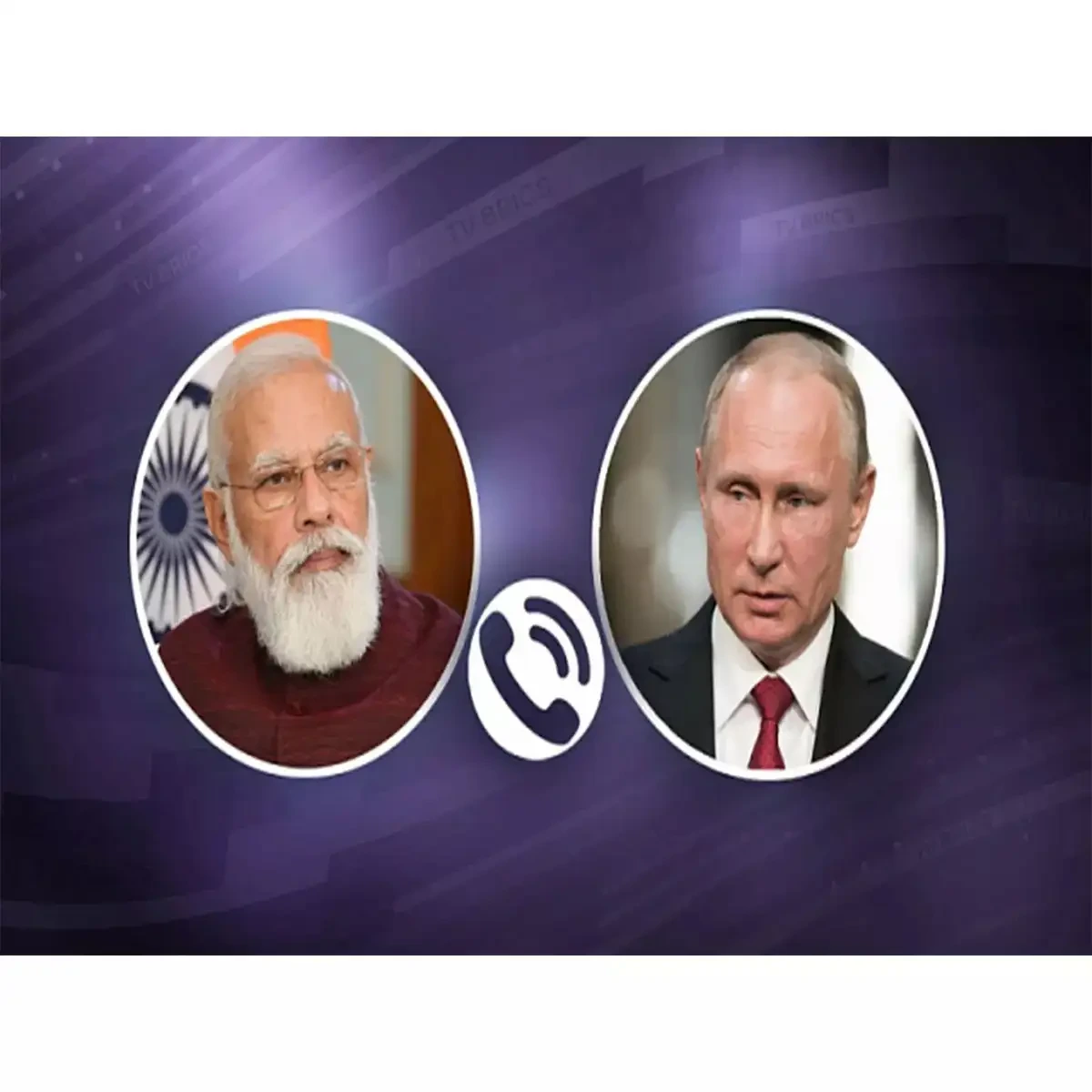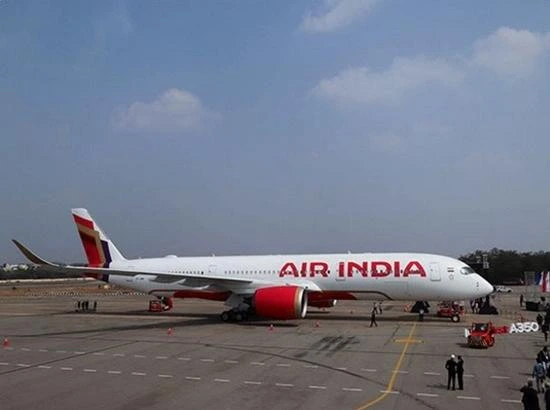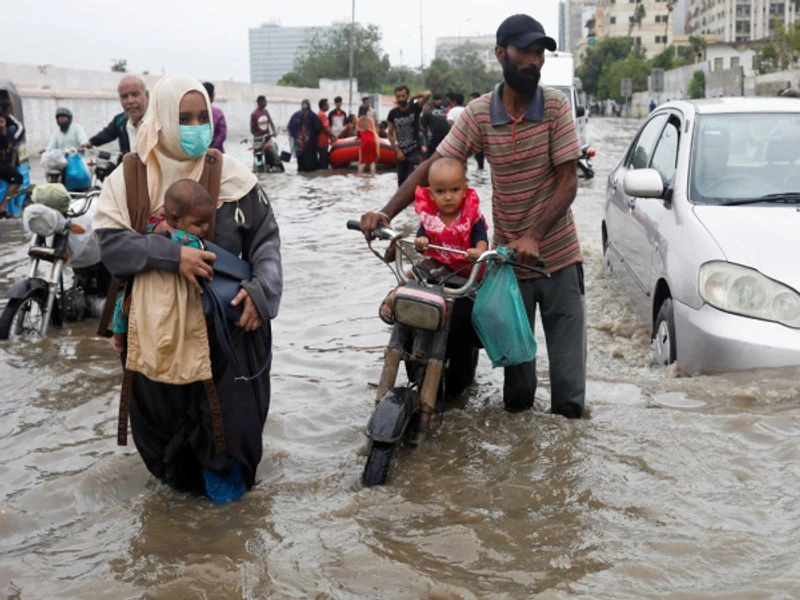11-SEP-2025,03:55PM The political landscape of Nepal has reached a boiling point as the death toll in the ongoing Gen Z protests has climbed to 31. What began as a youth-led movement demanding accountability, transparency, and structural reforms has now turned into one of the most turbulent phases in Nepal’s recent history. As the protests intensify, political leaders are engaging in urgent negotiations to form an interim government that could bring stability to the nation. The unfolding situation is not only reshaping Nepal’s domestic politics but also drawing global attention due to its scale and implications for democracy in South Asia.
Nepal : Gen Z Protests: Origins and Demands
Nepal : A Youth-Led Movement for Change
The Gen Z protests in Nepal represent a generational shift in political activism. Frustrated with systemic corruption, unemployment, and lack of accountability, the country’s younger generation has taken to the streets to demand reforms. Protesters are particularly focused on ensuring good governance, fair elections, and opportunities for Nepal’s youth to thrive within the country rather than seeking livelihoods abroad.
Key Issues Raised by Protesters
- A call for political transparency and accountability.
- Measures to tackle youth unemployment.
- Social justice reforms addressing inequality.
- Formation of an interim government to lead Nepal toward credible governance.
Nepal : Death Toll Rises Amid Escalating Clashes
Nepal : Casualties Reflect Growing Tensions
The protests have tragically resulted in the deaths of 31 individuals, sparking outrage and grief across the nation. Witnesses report that many casualties were due to violent clashes between demonstrators and security forces. Families of victims and civil rights activists are demanding impartial investigations and justice.
Nepal : Government’s Stance on Violence
Nepal’s authorities have maintained that security forces acted in self-defense, but human rights organizations argue that excessive force has been used. The rising death toll is intensifying demands for immediate political resolution.
Nepal : Negotiations to Form an Interim Government
Nepal : Political Parties Under Pressure
With the crisis deepening, Nepal’s ruling and opposition parties are under mounting pressure to form an interim government that could stabilize the country.
Interim Government as a Possible Solution
An interim government is being seen as a short-term measure to address protesters’ grievances, initiate reforms, and hold discussions on systemic changes. Negotiations are ongoing, but disagreements on leadership and power-sharing remain obstacles.
Role of Nepal’s Youth in Shaping Politics
Gen Z as the Driving Force
The defining feature of the protests is the dominance of Nepal’s youth, who constitute a large segment of the population. This demographic is increasingly disillusioned with traditional politics and eager for progressive reforms.
From Social Media to the Streets
Social media has played a crucial role in mobilizing and uniting protesters. Platforms like TikTok, Instagram, and Twitter are being used not only to organize demonstrations but also to broadcast updates globally, giving the movement international visibility.
Regional and International Reactions
Neighboring Countries Watching Closely
India and China, two of Nepal’s closest neighbors, are keeping a close eye on the developments. Both nations have strategic and economic interests in Nepal, and instability could disrupt regional dynamics.
Global Human Rights Concerns
International organizations, including Amnesty International and Human Rights Watch, have expressed concerns over the violence and urged the Nepalese government to exercise restraint while ensuring citizens’ right to protest.
Economic Impact of the Protests
Strain on Daily Life and Businesses
The protests have disrupted daily life in major cities like Kathmandu and Pokhara. Shops, businesses, and educational institutions have remained closed during peak protest days. The tourism industry, a backbone of Nepal’s economy, is facing severe setbacks amid rising unrest.
Challenges for Nepal’s Political Leadership
Trust Deficit Between People and Leaders
One of the greatest challenges facing Nepal’s leadership is the lack of trust among its citizens. Protesters accuse politicians of being self-serving and disconnected from the struggles of ordinary people.
The Need for Structural Reforms
Analysts argue that forming an interim government will only provide temporary relief. What Nepal urgently needs is structural reform addressing governance, youth employment, and corruption.
Path Ahead for Nepal
Balancing Protesters’ Demands with Governance
For stability to return, political leaders must demonstrate a willingness to listen to the grievances of Gen Z protesters. Engaging in constructive dialogue rather than confrontation will be critical.
Interim Government as a Bridge
If successfully formed, the interim government could act as a bridge between the current turmoil and a reformed political system. This government’s success will depend on inclusivity, transparency, and a clear roadmap for addressing systemic issues.
Conclusion
The tragic rise in casualties during the Gen Z protests has brought Nepal to a crossroads. With 31 lives lost and public anger mounting, the urgency for a political solution has never been greater. While negotiations to form an interim government continue,
The future of Nepal will depend on how its leaders respond to this historic movement. If they succeed in forging unity and implementing reforms, Nepal could emerge stronger and more democratic. If not, the unrest risks deepening into a prolonged crisis that could hinder the nation’s stability and growth for years to come.
Source : ANI





